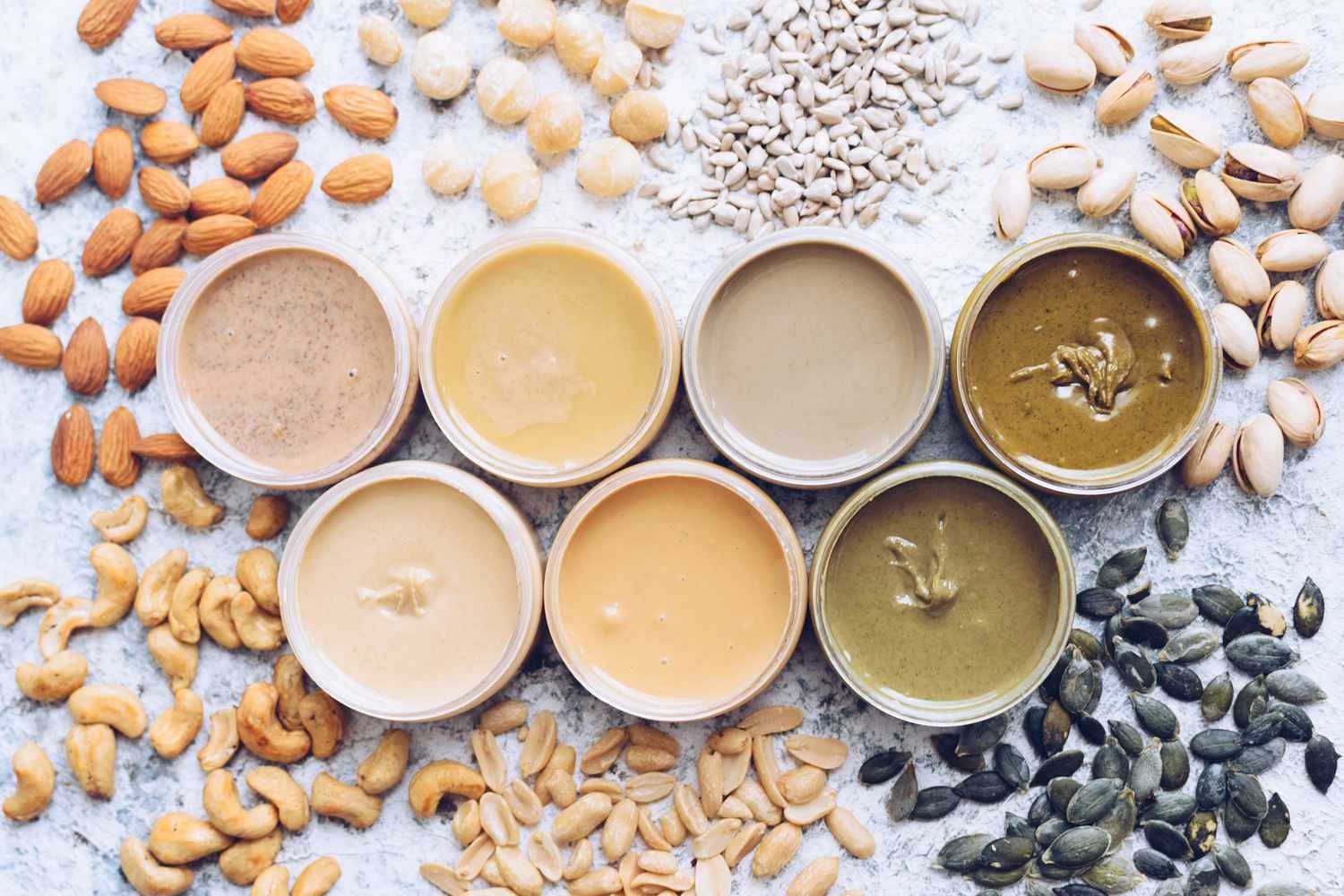Wellness translates into healthy, vibrant hair. If hair fall, dryness, and dullness have been your woes, the good news is that you can have strong, lustrous locks as long as you take care of them well. Here’s the complete guide to the dos and don’ts of healthy hair, ahead, with expert-driven advice for protecting your hair (and of course, promoting healthy growth).
Maintain a Healthy Diet
For your hair to grow, it needs proper nourishment so that it is strong and healthy. A rich diet filled with key vitamins and minerals can have an extraordinary impact on the quality of hair.
Key Nutrients That Promote Hair Health:
Protein: Hair is made up mostly of the protein keratin. Eggs, fish, chicken, nuts and beans strengthen hair.
- Iron: Low iron levels can cause hair thinning. Add spinach, lentils and lean meat to your diet.
- Omega-3 Fatty Acids: These are found in fish, flaxseeds and walnuts; they help nourish hair follicles and add shine.
- Vitamin A and C: Sebum production is facilitated by carrots, citrus fruits, and sweet potatoes, which also protect against oxidative stress.
- Biotin: Also present in eggs, dairy, and bananas, it is important for hair strength and growth.
- Zinc & Selenium: These two minerals aalso help keep a healthy scalp and reduce dandruff and hair fall.
Stay Hydrated
Water is important as it keeps the hair hydrated from the inside. Dehydration can result in dry, brittle hair and/or breakage. Drink at least 8 glasses of water per day.
- Wash Your Hair the Right Way
- Washing hair too often with abrasive shampoos can leech it of natural oils and make it dry.
- Proper Washing Techniques:
- Do not use hot water to avoid dryness, but lukewarm instead.
- Using a sulfate-free shampoo can also help minimize over stripping your natural oils.
- And shampoo no more than 2-3 times a week for scalp balance.
- Gently massaging your scalp will increase blood flow and help eliminate buildup.
- End with a cold rinse to lock in moisture and add luster.
Condition Your Hair Properly
Conditioner is important because it helps keep hair soft and manageable and protects it from damaging environmental factors.
- Use conditioner only on the lengths and ends, but never on the scalp.
- Set it on for a minimum of 2-5 minutes and wash off with cold water to hold dampness.
- For extra nourishment, apply a deep conditioning treatment once a week.
- Choose leave-in conditioners for hair protection during the day.
Oil Your Hair Regularly
On the contrary, Oiling brings nourishment to the scalp, strength to the roots, and it also improves hair texture.
- Coconut Oil: Deeply moisturizes and prevents protein loss.
- Argan Oil: Adds shininess and protection against damage from heating.
- Castor Oil: Increases hair growth and makes hair thicker.
- Olive Oil — Softens and hydrates dry hair.
- Jojoba Oil: Replicates the natural sebum of the scalp to stave off dryness.
Apply it to your scalp and hair regularly, at least once a week, and leave it on for a few hours — or even overnight — before washing it out.
Avoid Excessive Heat Styling
Constant use of hairdryers, strengtheners and curling irons can damage hair and lead to split ends.
Avoid using heat tools unless essential.
Use a heat protestant every time before you style.
Only heat style 2-3 times per week.
Whenever you can, choose air-drying.
Trim Your Hair Regularly
Getting regular trims prevents split ends and keeps hair looking healthy. Get a trim every 6-8 weeks.
- Cover Your Hair At Night
- Opt for a silk or satin pillowcase that minimize friction and helps prevent breakage.
- A loose braid or bun will keep your hair from tangling.
- Sleeping on wet hair can result in breakage so, avoid it as much as possible.
To combat this, you can also apply a light hair serum at the end of the day before bed for added nourishment.
Reduce Stress
Stress may cause hair fall and slow growth How to remedy it: Get yourself some time to unwind. Include activities that help reduce stress, such as:
- Meditation
- Yoga
- Regular exercise
- Getting enough sleep (7-9 hours per night)
- Managing stress levels through mindfulness practices
Avoid Over-Brushing
Combing and brushing hair constantly can lead to break and frizzy hair. Use a wide-tooth comb on wet hair and a soft-bristle brush for dry hair.
- Begin detangling from the bottom, up.
- Do not use plastic brushes that create static electricity.
- Environment Damage to Hair Protection
- In extreme sunlight, wear a hat or scarf to prevent UV damage.
- Stay away from pollution and swimming pool chlorine.
- To limit damage, rinse hair with clean water pre- and post-swim.
- Apply anti-pollution spray to protect the hair from harmful particles.
- Alternate Hair Treatments with Home Remedial Measures
DIY Hair Masks:
For Dry Hair: Use Banana and Honey for Deep Moisture.
For Oily Hair: Use an egg white and lemon juice pack.
For Dandruff: Rub aloe Vera or apple cider vinegar into your scalp.
For Hair Growth: Combine onion juice with coconut oil to help reactivate inactive follicles.
For Shine: Wash hair with green tea or apple cider vinegar.
Choose Hair Products Wisely
- Choose natural and chemical-free products instead.
- Steer clear of sulfates, parabens, alcohol in shampoos and conditioners.
- And finish with a lightweight serum to tame frizz and add shine.
- Try herbal hair rinses, such as rosemary water, to stimulate scalp health.
- Be Gentle with Wet Hair
- Wet strands are delicate and susceptible to breakage. Always:
- Wipe off any excess water using a microfiber towel.
- Never rub hair roughly with a towel.
- If you plan to comb, use detangling spray first.
- Use a leave-in conditioner for additional protection.
- See a Dermatologist for Continuing Problems
Get professional help if you notice excessive hair loss, dandruff or irritation of the scalp. A dermatologist can give you tailored solutions specifically for your hair type and issues.
Exercise for Hair Growth
- Regular physical activity boosts blood circulation and brings nutrients to the hair follicles.
- Use scalp massages to promote inclusive growth.
- Go for a jog, ride your bike, do some yoga to get your blood flowing.
- Try inversion therapy by flipping your head upside down for several minutes to bring blood to the scalp.
Healthy hair is not just achieved through maintaining a routine, consistent care and nutritious diet is also a factor behind all healthy hair. Follow these pro-approved tricks to keep your hair healthy, shiny and gorgeous. Implement these habits today and see your hair changes!
With these simple yet effective tips, you will not only enhance the health of your hair but also feel more confident knowing that every strand is at its best!
Read More: How to Identify and Style Your Hair Type?












Leave a Reply